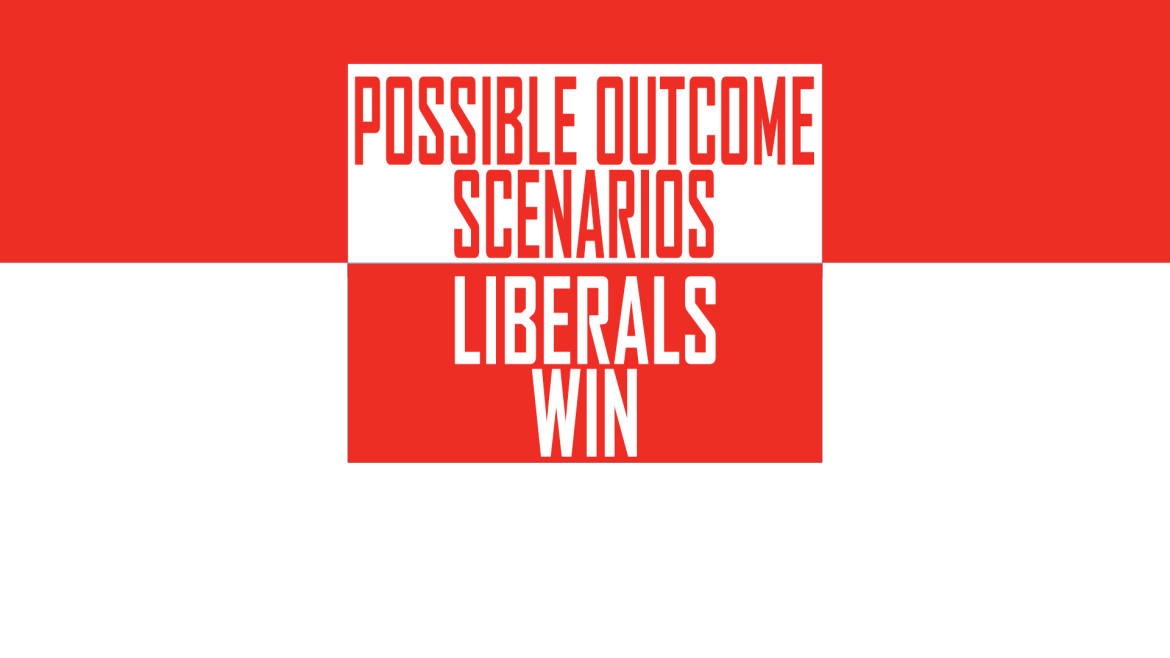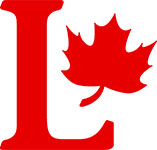In yesterday’s piece, we looked at what it would mean for Canada if the Conservatives win a minority. Today we look at the potential outcome scenarios associated with a Liberal party win.
Today’s polls tell us that a Liberal minority government is a very real possibility on October 19. This is a big change from what the polls were telling us earlier in the campaign, when the NDP were riding high and the Liberals trailed in third place.
Over the course of the last two weeks, the Liberals have gradually distanced themselves from the Conservatives and the NDP in the polls. The Liberal gains are largely at the expense of the NDP, and conventional wisdom dictates that the “change” vote – representing nearly two thirds of the electorate – is drifting towards Trudeau as the most viable option to unseat the current government.
There are a few different scenarios that could play out for the Liberals on October 19. Let’s explore them:
Scenario 1: October 20th – Liberals win plurality of seats (less than 170)
After all the ballots are tallied on October 19, let’s consider what would happen if the Liberal Party wins the plurality of seats in the House of Commons, but does not have enough seats to form a majority Government.
In order to gain the position of minority government, the Liberals would have to win the plurality of seats in the House of Commons. This means that they will have more seats than the other two parties, but will be just shy of the 170 seats needed to command the majority vote. In this scenario, the Conservatives would form the official opposition, and the NDP would once again be reduced to third party status.
As was pointed out in yesterday’s piece, Conservative Leader Stephen Harper would be given the first opportunity to form a government post-election, no matter what the results are. However, should he not win the most seats, it is expected that he would concede and allow the party who won the most seats the chance to form government (in this case, the Liberals). If Harper decides to step down, the Governor General will give them a chance to form government.
There is also the additional possibility that Harper would step down as leader of his party, which will launch the Conservatives into a leadership convention.
It will not be an easy ride for the minority Liberals, they will need the support of another party in order to pass key legislative matters. The Liberals do not need the support of the official opposition, any party with enough MPs to allow the Liberals to combine to form a majority of support in the House will do.
In this scenario, the Liberals will most likely seek support from the opposition party’s on case by case basis and will not seek to form any formal agreement with another party.
Scenario 2: Liberal and NDP Coalition or Agreement
Regardless of final seat totals, a scenario exists where the Liberals and the NDP come to a formal (or informal) agreement on how to vote in parliament. This could happen in a number of instances:
- The Liberals win a weak minority government (they have the most seats of any party, but are far from 170) and seek out the NDP’s support to “prop up” their government on key matters like the Budget bill, and the Speech from the Throne.
- The Conservatives win a minority, but the Liberals and the NDP decide to put forward an alternative government in the form of a coalition (or some other arrangement). In this case, there will likely be a signed formal agreement between the two parties that is presented to the Governor General.
Scenario 3: Liberal Majority
A Liberal majority would be the easiest outcome for the Liberal party. In this case, the Liberals gain the majority of seats in the House, they hold a Speech from the Throne as soon as possible and their four-year mandate begins.
What about the Senate?
Despite its “bad rap”, the Senate plays a very important part in the in the legislative process. Bills must pass through both the House and the Senate before they can become law. Currently there are Conservative party commands the majority of the seats in the Senate, with 47 senators. The Liberal party (technically independents) have 29 seats. There are currently 22 vacancies. This is noteworthy, as an incoming Liberal government could command the majority vote in the senate by quickly filling those 22 vacancies (bringing their seat total up to 51 seats).
After the election two very interesting scenarios could play out:
- Stephen Harper fills the vacancies
If Stephen Harper does not win the election (or does win a plurality of seats but is quickly defeated on a confidence vote), his last order of business as Prime Minister could be to appoint 22 new Conservative Senators to the Senate, or just enough for the Conservatives to have voting control over the Liberals. This will make it extremely difficult for the Liberals to pass legislation through the Senate.
This is an unlikely scenario but plausible none the less.
2. Justin Trudeau fills the vacancies
Although Justin Trudeau has made the Liberal Senators independents, he would still need to fill enough vacancies in the Senate in order for the Liberals to have voting control.
In Summary…
If the Liberals win a plurality of seats in the House of Commons, then Justin Trudeau has a number of options open to him. Ideally he would like to win a majority government and have complete control as opposed to trying to gain the support of other parties to try and move his legislative agenda forward. However, the Liberals could come out of October 19 with a minority government in which case he will need to work in partnership with one or both of the other parties in order to maintain control of the House of Commons. In this case, we can expect that Liberal policies will contain concessions or compromises to ensure that their bills pass through the House (and potentially the Senate.)




